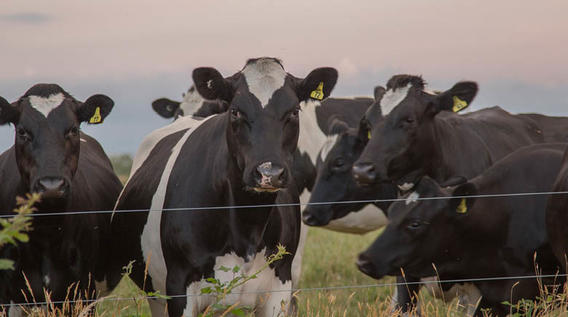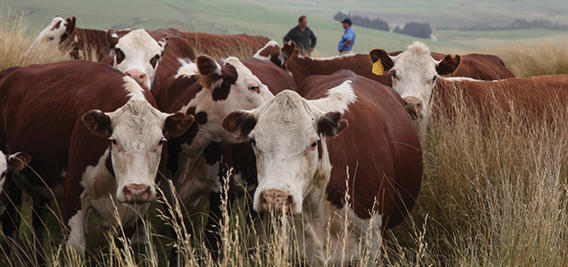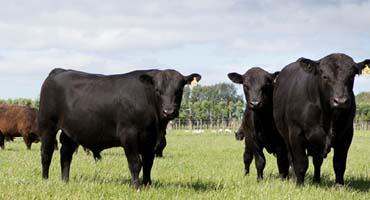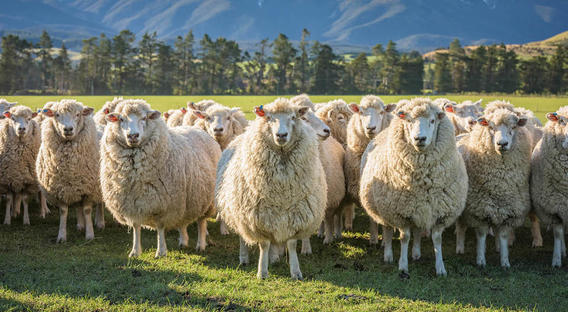Dairy feed efficiency
Through our vast technical experience and access to in house vets and nutritional experts, we can assist farmers with creating nutritional plans to achieve their goals.
Whether that is boosting milk production, improving fertility rates/reducing empty rates and ensuring better overall herd productivity working together, we can provide the support, advice and products you need.
Check out our Rural Diary publication for a range of articles focusing on Dairy feed efficiency or for more information feel free to get in touch with one of our technical field representatives.

Disease efficiency
It is the responsibility of anyone working in agriculture to protect our valuable assets and keep our farming environments free from disease and pests.
Diseases – such as foot and mouth – pose a huge risk to New Zealand's native animals and our agricultural sector. Organisations such as MPI, Asure Quality and Nait provide tools and services to help monitor against disease outbreak.
Pests can also pose a threat to our farming systems because they transmit or pose serious problems for the animals they invade.
We genuinely believe that prevention is better than cure and supply advice, products and services to ensure whatever your farm system, and animal type – dairy, sheep, beef, deer or equine you will have the right tools to keep your livestock healthy and productive.

Cattle lameness
Many factors cause lameness and situations will vary between individual cattle and farms. Lame cows cost you time, are a serious animal welfare problem and ultimately cost you money.
Poor cattle management accounts for many of the lame cattle in New Zealand. Reducing lame cattle on farm therefore requires understanding and a planned approach.
Review your cattle movement – observe cattle as they move on races and in yards.
Detect lame cows before they can't bear weight on their hoof.
Ensure that the treatment of lame cattle is undertaking with the appropriate skills and equipment for the job. If in doubt call a veterinarian. Treat lame cattle as early as possible.
For more information talk to the team at PGG Wrightson to ensure you minimise the instances of lame cattle on farm. If chronic lameness persists or in doubt we recommence the advice of your local veterinarian.

Ewe nutrition
While wool growth requires very little energy (40-50 MJME/kg of wool), the nutritional management of ewes will have major changes on fleece yield and wool characteristics:
Underfeeding reduces the fibre output from wool follicles resulting in finer, shorter wool. Generous feeding levels support longer, coarser and heavier fibres. Sudden changes in amount or quality of feed can reduce staple strength and fleece yield.
In the ‘ideal world’, a wool follicle needs the same nutrients delivered consistently all day, every day. A ewe’s world is less than ideal – continual changes in amount and quality of feed, combined with stresses of pregnancy and lactation change wool follicle nutrition and cause narrowing of the fibre.
